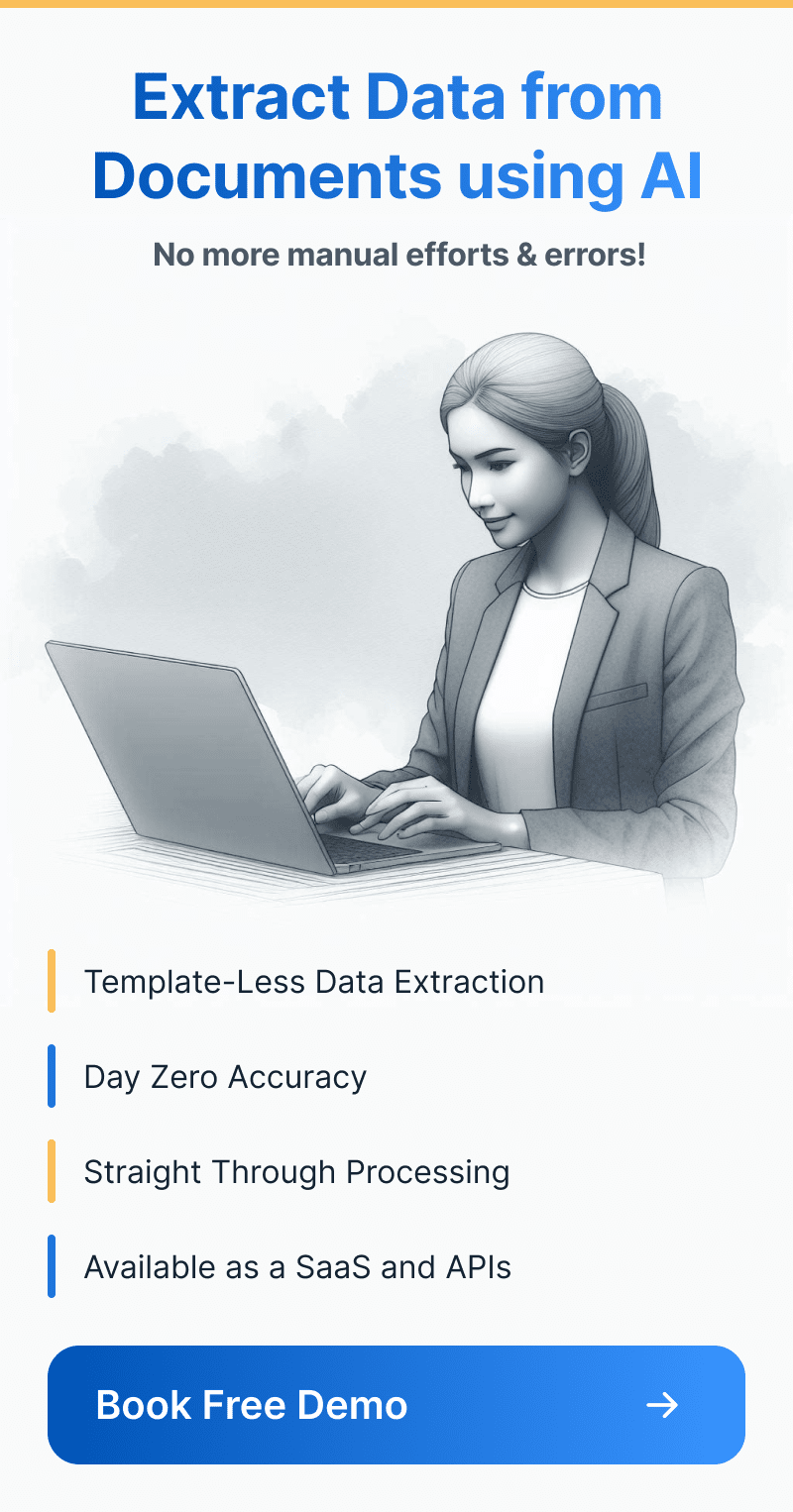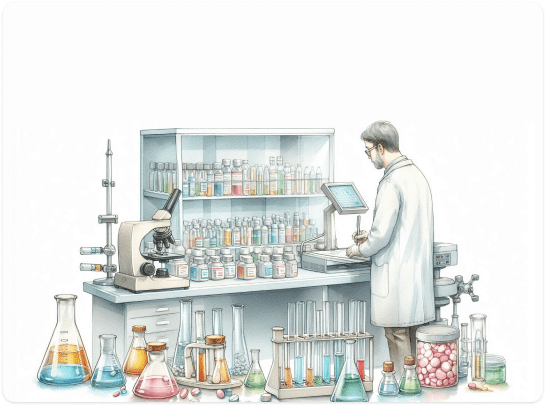[vc_row pix_particles_check=””][vc_column][vc_column_text]Data extraction from PDF documents was in itself a revolution that made business data much more valuable because of the ease that it brought to the operations. Moving a step further, Artificial Intelligence today is enabling us to extract information even from images. This convenience is not just based on the mere classification of images to make your job easier, it is also related to the generation of analytics and insights.
Machine Learning and Image Processing are proving to be a game-changing combination for almost all businesses today. Thus, let’s explore what is image processing in machine learning, and why your work environment needs it today more than ever.[/vc_column_text][/vc_column][/vc_row][vc_row pix_particles_check=””][vc_column][vc_column_text]
Machine Learning Image Processing: Understanding The Combination
Most people understand quite well what’s the concept and ideology behind image processing and machine learning. However, the question “is image processing part of machine learning?” is very commonly put forward. In a broader perspective, the term image processing relates to image understanding which is usually based on Machine Learning models. Other relevant technologies can provide benefits of image understanding, but combined with machine learning methods, high accuracy with image understanding becomes possible.
Computer Vision is used for image processing, which makes use of many such methods for high-level image understanding involving processes like segmentation, classification, detection, image captioning, etc.
Popular Approaches to Use Machine Learning Image Processing
To learn how to process images for machine learning, you must know about these popular approaches and methods:
Decision Tree
Decision Tree is a popular approach to teach an image understanding system how to go about processing an image and its details. It is termed as a Supervised Learning Method, primarily related to image classification. Decision Tree makes use of inductive learning algorithms for data classification. A Decision Tree has three basic components- Root, Nodes, and Leaves. Like in a tree, the path from the roots to the leaves is connected so that the status of features at all levels gets tested. Moreover, each node is a decision level in the Decision Tree where each level has a distinct feature, based on which the image will get classified eventually.
Linear Discriminant Analysis
Linear Discriminant Analysis or LDA is a method of recognizing different patterns between images. The patterns are divided between two classes. The primary objective of Learning Determinant Analysis is based on the principle that depending on multiple linear discrimination functions, all classes can be separated from each other linearly. The model first works on defining, and exacting measurements from the input images. Next, it uses the training information to minimize the measurement space and divide this space into further segments. Lastly, using previous results and experiences, it will classify the different elements of the image in the sections created during the training stage.
Support Vector Machine
Support Vector Machine or SVM is another linear learning model which is associated with classification and regression in image processing. The basic process that takes place during the functioning of Support vector Machine methods is that the model creates a line or a hyperplane class according to which all data elements of an image get classified automatically. Since Support Vector Machine methods create linear boundaries, it is easier to classify images into multiple categories. Thus, a large number of features can be studied for more accurate image processing results. It is the reason why SVM is used for practical machine learning image processing pdf.
Kernel Methods
Kernel Methods are widely used for image processing projects in machine learning. These are basically a set of functions that help in analyzing and identifying patterns in images. Usually used as a small matrix, Kernel’s convolutional masks are capable of edge detection in images, image sharpening, embossing, blurring, etc. Not just in image understanding systems, but also image retrieval systems, the use of Kernel methods can be spotted quite frequently.
These methods can create non-linear decision boundaries as well. Thus, it becomes easier to retrieve unorganized and template-less data with this approach. Moreover, Kernel methods help in transforming data into a high-dimensional space where linear classification becomes much simpler than before.
The Future of Machine Learning Image Processing
In the future, increased integration of machine learning models and techniques with image processing will help in making machines and devices more self-sufficient in terms of processing data present and stored inside images. This kind of automation can then touch operations in a variety of fields and sectors, such as the agricultural landscape, healthcare industry, e-commerce retail, aviation industry, etc.
KlearStack: Futuristic Integration of Machine Learning Image Processing
After studying, testing, and utilizing all the evidence and research outcomes of artificial intelligence technology, KlearStack has come up with intelligent solutions that seamlessly integrate machine learning with image processing. From classification and segmentation to retrieval of information from images, KlearStack provides all-round benefits to the end-user. Moreover, with self-learning capabilities and advanced learning models, our technology guarantees 100% accurate outputs for requests related to processing and extracting data from images.
KlearStack achieves high level accuracy thanks to the artificial intelligence technologies that is incorporated in the platform. NLP and computer vision are some techniques that helps KlearStack to achieve high level accuracy from template-free documents.
[/vc_column_text][/vc_column][/vc_row]







